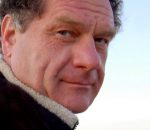 |
Aurel Bulgac
Website
Professor of Physics
University of Washington, Seattle
Dr. Bulgac studies static and non-equilibrium dynamics of quantum many-body systems, typically strongly interacting fermions. Physical systems include atomic nuclei, the crust of neutron star crust, cold atom systems. Physical phenomena range from ground and excited state properties of such systems, energy density functionals, equation of state, thermodynamic properties, nuclear reactions, real-time fission dynamics, quantized vortices, their generation and their dynamics, incipient stages of quantum turbulence in fermionic superfluids. He develops and uses static and time-dependent density functional theory extended to fermionic superfluids, quantum Monte Carlo methods and other theoretical approaches, as well as their numerical implementation. Numerical calculations are performed typically on leading edge supercomputers, such a Summit (#1 on TOP 500) and Titan (#9 on TOP 500) at ORNL, Piz Daint (#5 on TOP 500), at Swiss national Supercomputer Center, Lugano, Switzerland, and Tsubame at Tokyo Institute of Technology, Japan. His group uses GPUs programmed with CUDA on these supercomputers in order to perform calculations on these supercomputers as close as possible to their peak capabilities. Many details can be inferred from his publication list and personal web page, where one can find links to talks, many videos, codes, and other pertinent information. |
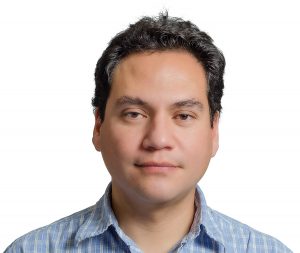 |
Sergio Almaraz-Calderon
Website
Assistant Professor of Physics
Florida State University
Dr.Calderon's research focuses on the study of nuclear interactions and how they influence astrophysical processes. His research interests include nuclear structure, nuclear reactions, nuclear astrophysics, stable and radioactive ion beams, and detector development. |
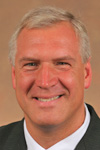 |
Paul Cottle Website Professor of Physics Florida State UniversityPaul Cottle is a professor of physics at Florida State University whose research field is experimental nuclear structure physics. He earned his Ph.D. in physics from Yale in 1986 and joined the Physics Department faculty at Florida State University that same year as an Assistant Professor. Cottle received the Presidential Young Investigator Award in 1987 and became a full professor in 1994. Cottle was elected to the chair line of the American Physical Society Forum on Education in 2011 and served as Forum chair in 2013. He was also a member of the society’s Committee on Education from 2012 to 2014, serving as chair 2013-2014. He was elected a Fellow of the APS by the Forum on Education in 2012. Cottle continues to perform experimental nuclear structure research both at FSU’s Fox Superconducting Accelerator Laboratory and at the National Superconducting Cyclotron Laboratory. Cottle is also working to improve the preparation of Florida’s high school students for college majors in fields like engineering, computer science and physics. He has collaborated with teachers, counselors and school district staff and board members in Bay, Monroe and Orange Counties in Florida. In Bay County (which includes Panama City), the number of high school students taking physics has increased by a factor of five since 2015. As part of his work in Bay County, Cottle helps organize a CENTAUR-funded nuclear science summer camp for middle and high school students. |
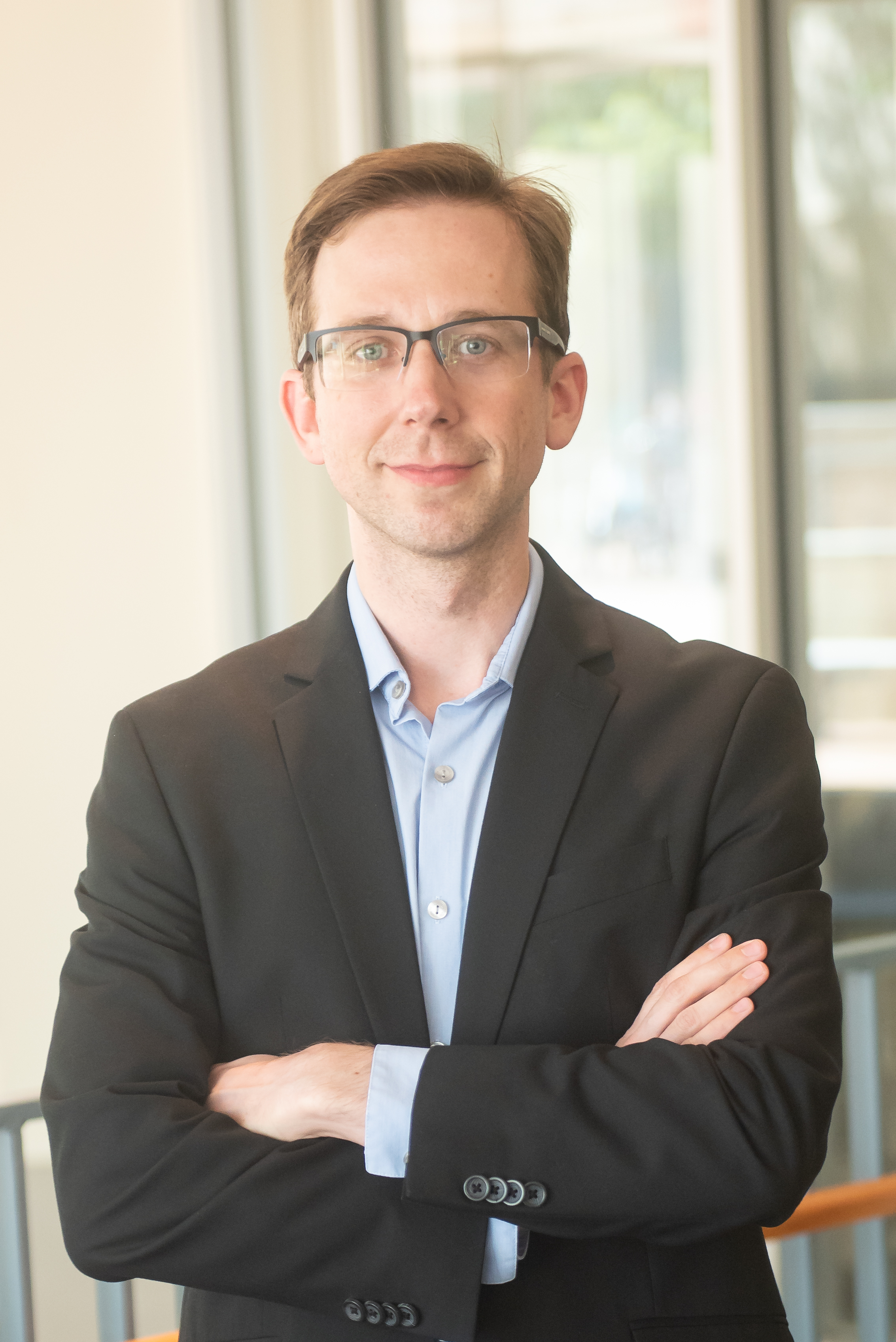 |
Jeremy Holt
Website
Assistant Professor of Physics
Texas A&M University
Microscopic nuclear structure and reaction theory has undergone a major transformation in the last decade with the development of chiral effective field theory, the low-energy realization of quantum chromodynamics. My research program utilizes "next-to-first principles" chiral two- and three-body forces to derive nucleon single-particle properties (momentum- and density-dependent isoscalar and isovector optical potentials, effective masses, and spectral functions) in order to improve modeling of neutron-capture reaction rates in r-process nucleosynthesis and particle transport in experimental heavy-ion collisions. |
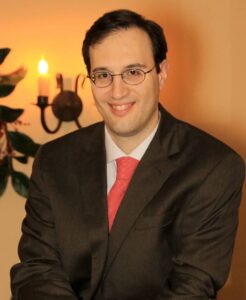 |
Miguel Madurga
Website
Assistant Professor of Physics, University of Tennessee Knoxville
Dr. Miguel Madurga research interest lies in the nuclear properties of nuclei with extreme neutron-proton imbalances. The atomic nucleus offers a unique problem in fundamental physics, being the smallest system self- bound by the strong force. In the field of low energy nuclear physics we explore the properties nuclear force between nucleons. The strong dependency of the nuclear force to the exact composition of neutron and protons observationally supports it being an effective (or dressed) interaction derived from the strong force. By studying the nuclear structure of light neutron rich nuclei close to the neutron drip line, at the most extreme neutron to proton ratios we can therefore study the nuclear interaction in the most “demanding” conditions. In Dr. Madurga’s most recent work: the decay to quasi-single particle states in 133Sn was investigated; the presence of isomeric states in neutron rich Mg isotopes was used to deduce the limits of the N=20 and N=28 islands of inversion. |
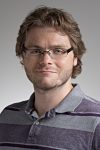 |
Scott Marley
Website
Assistant Professor of Physics
Louisiana State University
Prof. Marley is an experimental nuclear physicist interested the structure and decay properties of unstable atomic nuclei. Joined by a CENTAUR-supported graduate student, Marley will use transfer reaction experiments to study the structure of light-mass isotopes at the limits of β-stability. The group aims to improve knowledge of trends in the structure of light nuclei moving toward less bound systems and to test the most modern theoretical approaches to the nuclear many-body problem. |
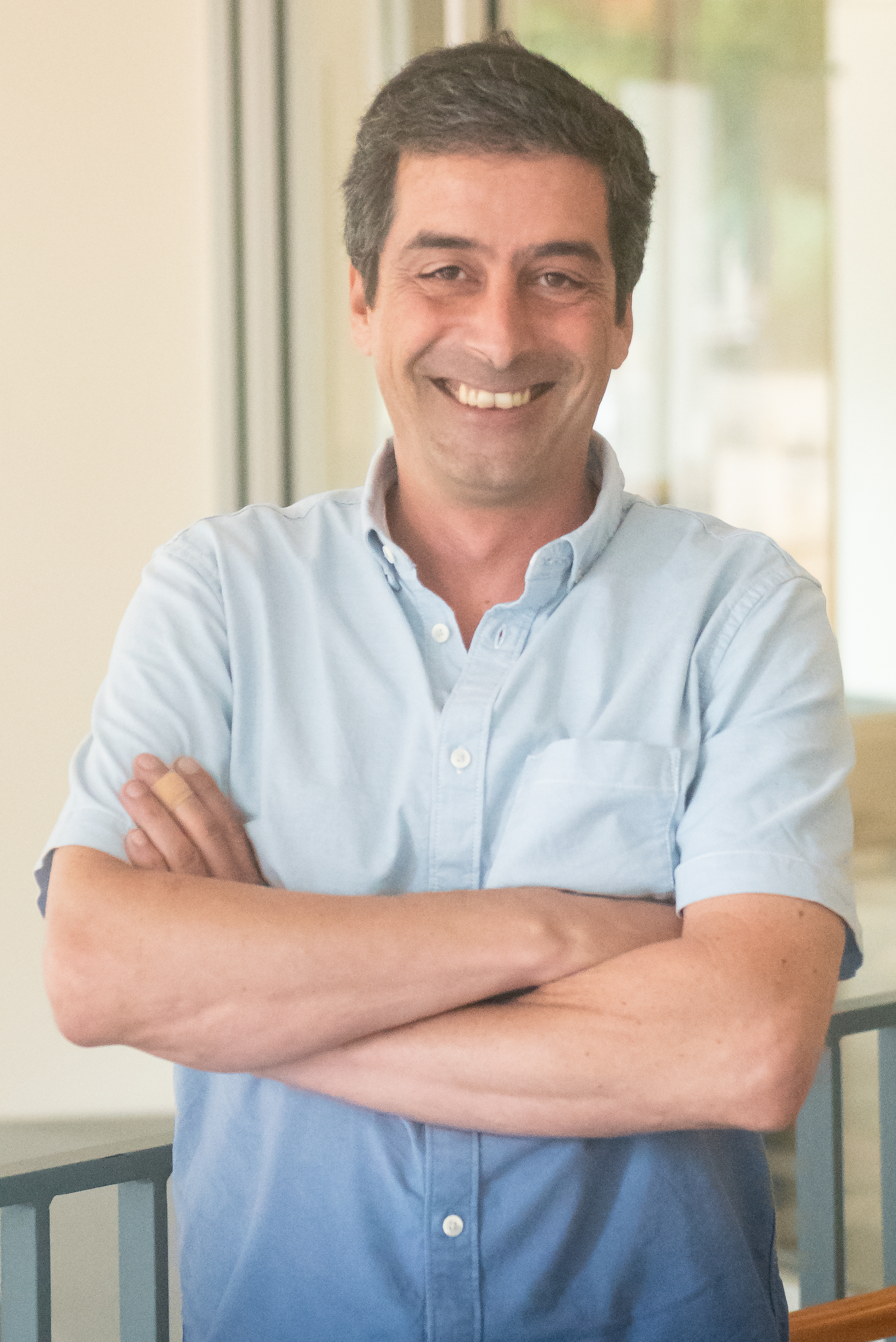 |
Dan Melconian Website Associate Professor of Physics Texas A&M University, College StationPrecision measurements of the decays of radioactive nuclei produced by the cyclotrons are a powerful probe of the fundamental forces governing our universe. Using elegant techniques in "table-top" experiments both locally at the Cyclotron Institute as well as at other laboratories, our group aims to complement the efforts of our colleagues at larger facilities (such as the Large Hadron Collider) to search for physics beyond our current understanding as encapsulated in the Standard Model of particle physics.Some of the main projects being pursued include measuring decay properties of unstable nuclei (lifetimes, branching ratios and masses) and angular distributions of the decay products of atoms and ions confined in magneto-optical and Penning traps. Our main endeavour within CENTAUR, with collaborators from Lawrence Livermore and Argonne National Laboratories, aims to improve our knowledge of how many fissions occur in a chain reaction. In particular, the fission products 147Nd and 156Eu (along with other long-lived isotopes) play a crucial role in science-based stockpile stewardship and nuclear forensics. The uncertainties on the γ-branching ratios measured for these isotopes currently compromise the usefulness of the existing data, which is what we are working to remedy. The γ-ray branching ratios of 147Nd and 156Eu are known to only 8%, hence leading to an 8% uncertainty in the fission-chain yield. The absolute γ-ray branching ratios for 147Nd and 156Eu are needed to 1–2% precision for national-security applications and to greatly improve the precision and reliability with which the number of fissions can be determined. |
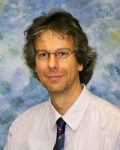 |
Ralf Rapp
Website
Professor of Physics
Texas A&M University
Photons emitted in heavy-ion collisions are particularly valuable probes to study the properties of the strongly interacting matter formed in heavy-ion collisions: once produced, they can escape the nuclear fireball without rescattering and thus probe its inner hot and dense regions. We will first compute the thermal photon emission rates for the temperatures and densities relevant for heavy-ion collisions in the Fermi energy regime. We will then implement these rates into transport calculations for the evolution of the fireball, by extracting local temperatures and densities. The calculated spectra will be compared to experiments to deduce the temperatures and densities reached in these reactions, and how the matter properties change as its isospin concentration is varied. |
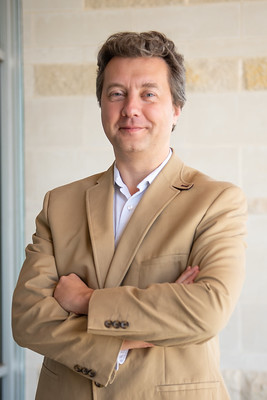 |
Grigory Rogachev
Website
Department of Physics & Astronomy, Texas A&M University
Grigory Rogachev is specializing in low energy experimental nuclear physics and nuclear astrophysics. He is doing research related to structure of light and medium mass nuclei, in particular structure of exotic neutron-rich and neutron-deficient isotopes, clustering phenomena in nuclei, mechanisms of nuclear reactions, applications of nuclear physics methods for determining rates of nuclear reactions that drive nucleosynthesis and energy generation in stellar environment. Grigory Rogachev graduated from Moscow Engineering Physics Institute (State University) in 1996 with Master of Science degree in Experimental Nuclear Physics. From 1996 to 1999 Grigory Rogachev was a Research Assistant at the National Research Center "Kurchatov Institute" where he received his Ph.D. degree in 1999. From 2000 to 2004 he was associated with the University of Notre Dame, first as a Ph.D. Research Associate and later as a Research Assistant Professor (2003-2004). In summer of 2004 Grigory Rogachev joined Department of Physics at Florida State University as an Assistant Professor. In 2010 he was tenured and promoted to an Associate Professor. In summer of 2013 he joined faculty at the Department of Physics and Astronomy and Cyclotron Institute at Texas A&M University. |
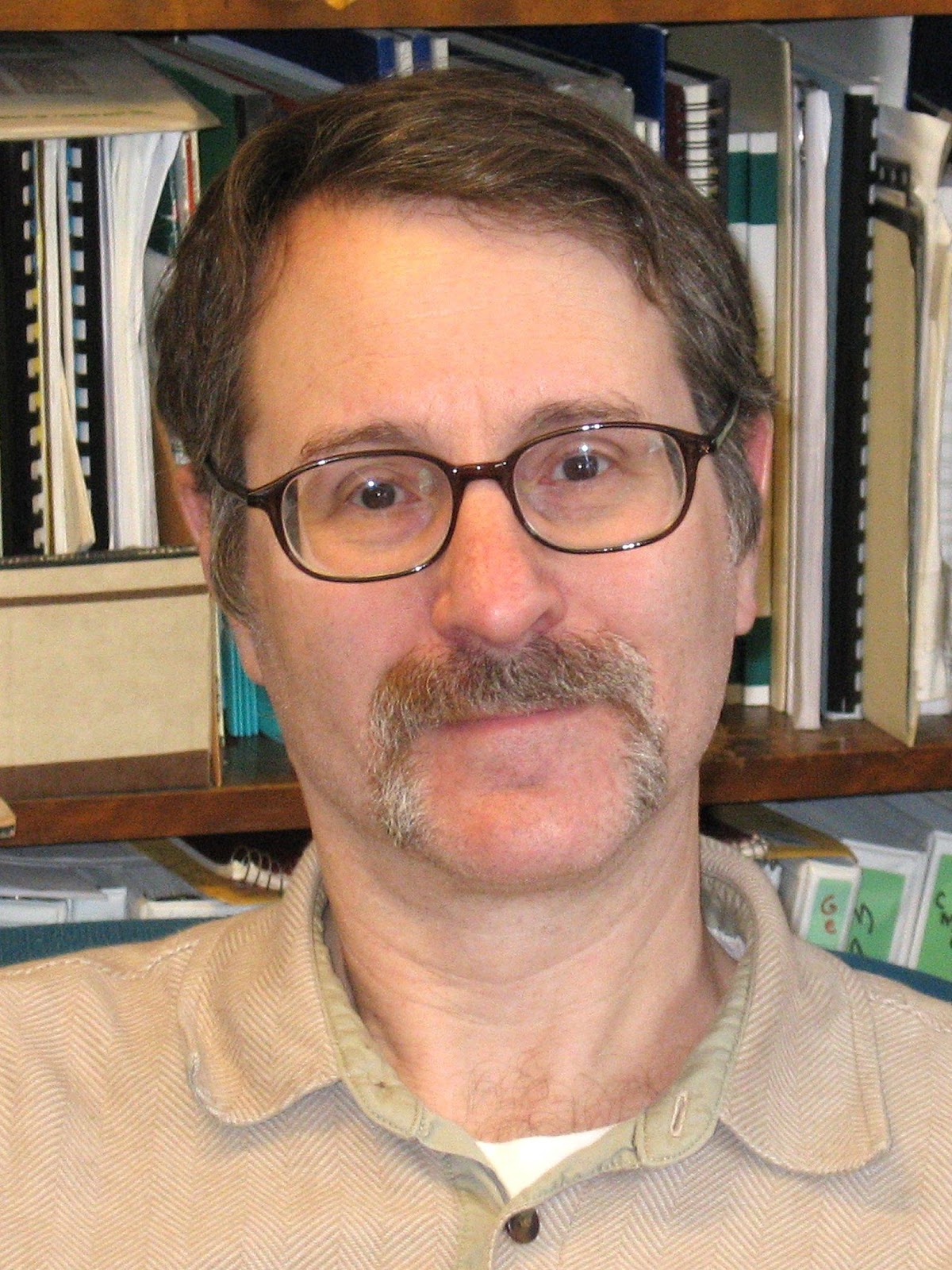
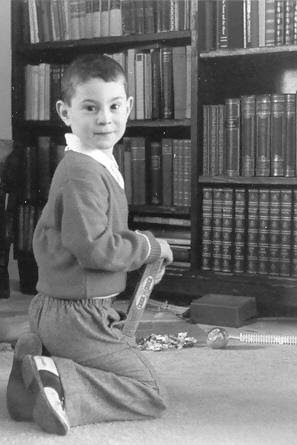 |
Lee Sobotka
Website
Professor of Chemistry and Physics
Dr. Sobotka’s received his Ph.D. from the university of California-Berkeley in 1982 and joined the faculty at Washington University in 1984 and has remained there ever since as a professor of both chemistry and physics. His research interests include: the deexcitation modes of highly excited or exotic nuclei; the continuum structure of light nuclei; dynamics of nuclear fusion and fission; the asymmetry dependence nucleon correlations inside of nuclei; the asymmetry dependence of the equation of state of nuclear matter; advanced radiation detectors and associated electronics including ASIC design. He has worked at over 20 different accelerator or reactor laboratories. Early in his career he won a Presidential Young investigator Award and has since won the Glenn Seaborg Award for Nuclear Chemistry from the ACS and he is a fellow of the APS. |
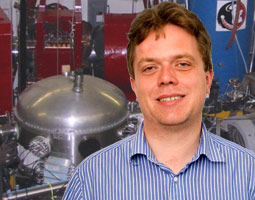 |
Ingo Wiedenhöver
Website
Professor of Physics, Florida State University
Director, John D. Fox Accelerator Laboratory
Ingo Wiedenhöver received his Ph.D. from the Universität zu Köln (Germany) in 1995, in the field of experimental nuclear physics. He worked as a Postdoctoral researcher at Argonne National Laboratory and a Research Assistant Professor at the National Superconducting Cyclotron Laboratory of Michigan State University. In 2001 he joined the faculty at the Physics Department of Florida State University, where he is now a full Professor. He received an “Outstanding Junior Investigator” award with the U.S. Department of Energy in 2002. He has been the director of the John D. Fox accelerator laboratory at FSU since 2017. His research is focused on the structure of exotic nuclei and nuclear astrophysics, performing experiments at National Laboratories and at FSU. He developed the in-flight exotic beam facility RESOLUT at the John D. Fox laboratory, which is used for research in Nuclear Astrophysics. He also works on improving the experimental methods for such experiments, in particular with the active-target detector ANASEN and neutron-detectors. He has also re-commissioned the Super-Enge Split-Pole spectrograph for high-resolution particle spectroscopy at the FSU laboratory. He has supervised the research of ten Ph.D. graduates. |